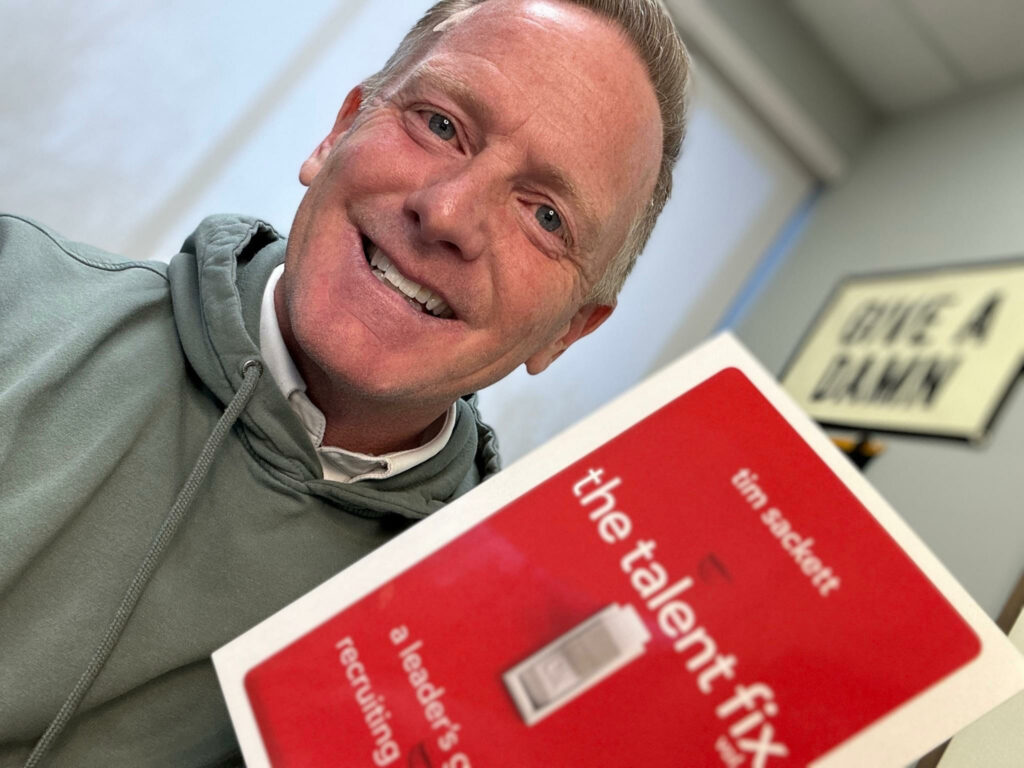Sometimes we get so far into the weeds in recruiting that we forget what is actually important.
We have to have a brand!
We have to have an ATS!
And now, a new ATS!
We have to have a CRM! What the hell is a CRM!
Our job descriptions need a refresh, and let’s face it, our career site could use some work too.
And don’t get me started on the employee referral program.
There’s always a million things to do in recruitment, and it’s hard to keep up.
But here’s the thing: recruiting isn’t rocket science. It’s just about finding people to join your team. There are plenty of potential candidates out there; you just need to let them know you’re hiring.
That’s the golden rule of recruitment: Spread the word that you’re looking for new team members.
It’s pretty straightforward, yet so many good candidates slip through the cracks because they didn’t know there was an opportunity.
Recruitment is all about getting the word out. Sure, you might get some applicants who aren’t quite the right fit, but that’s part of the process.
To find the right people, you need to cast a wide net and let everyone know you’re hiring. Cast that net people!
It’s not just about posting on job boards or your career site; it’s about creating a culture where everyone in your organization understands the importance of spreading the word about job openings.
Unfortunately, many companies miss the mark on this. Whether it’s because they’re too proud or they think it makes them look desperate, they don’t make enough effort to let people know they’re hiring.
This is a big mistake that can sink your recruitment efforts.
Recruitment isn’t about showing off; it’s about being humble and inviting talented individuals to join your team.

